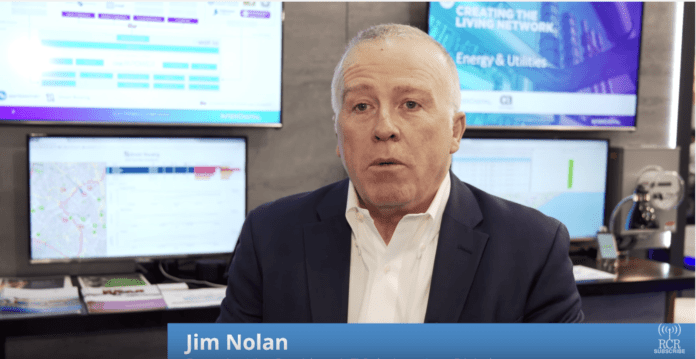InterDigital leverages horizontal platform and vertical partners to address customer needs
With myriad access choices, standard and non-standard, and based in licensed and unlicensed spectrum, the booming Internet of Things (IoT) space is an increasingly fragmented ecosystem. This presents problems for both operators and vendors looking to offer flexible solutions to their end users, as well as for those users struggling to find the right solutions at the right price.
To address this issue, InterDigital has drawn on its long history as a standards-focused organization, coupled with vertical partnerships, to enable the IoT for a diverse range of customers.
Jim Nolan, InterDigital EVP, IoT Solutions, discussed the company’s perspective on IoT in an interview with RCR Wireless News during Mobile World Congress 2017 in Barcelona, Spain.
“We’ve always been a standards-focused organization,” Nolan said. “From our perspective, standards are extremely important. What we see today is a jumble of different implementations with many being non-standards based. What we see is that IoT is very broad and diverse, so we think vertical implementations are not going to be built with one standard, but a collection of standards.”
Starting with the oneM2M™ standard, InterDigital developed its core IoT platform, the oneMPOWER™ platform, which provides service layer tools including security, transaction management, data handling and device management. That combined with the wot.io™ integration framework, which draws together data and makes it available for application development and monetization.
“What we’ve done is we’ve integrated those two together into broader solutions for different verticals in the IoT space,” Nolan said, giving the example of InterDigital’s oneTRANSPORT™ solution.
Nolan said the oneTRANSPORT™ solution is a “vertical example where all the different pieces that we’ve created, and the different standards, come together. We’ve basically taken a oneM2M™ standard-based service layer, then we’ve used our wot.io™ integration framework as an environment to tie it all together.” He said transport data from multiple sources like parking information, video feeds, license plate readers, and the like, as well as legacy data sources, are integrated, normalized and made available to applications. The wot.io™ framework environment further integrates security, databases and analytics “that help make a vertical solution.”
Another important aspect of building a business case for intelligent transport, smart city and similar applications, involves creating a clear path to data monetization. Nolan said InterDigital is addressing that need with a data brokerage. “So, from many different data sources, across multiple entities, [customers] can offer that data to those that build applications. Those [customers] can then get some return on their investment relative to the data they’ve collected.”
In addressing vertical-specific solutions, Nolan reiterated the importance of a strong network of partners as the key to a successful IoT solution. “Nobody brings a complete end-to-end solution. Partnerships are absolutely important. We’ve brought a horizontal platform and capability, but in order to have that deep knowledge in a vertical and really build out compelling solutions for the end customer, you have to build through partnerships. It’s really about what the end customer wants. The core technology is important, but if you’re really not applying it and building something that’s important to an end customer, it really doesn’t bring much value to the end application.”
Click here to learn more about how InterDigital is enabling the IoT.

